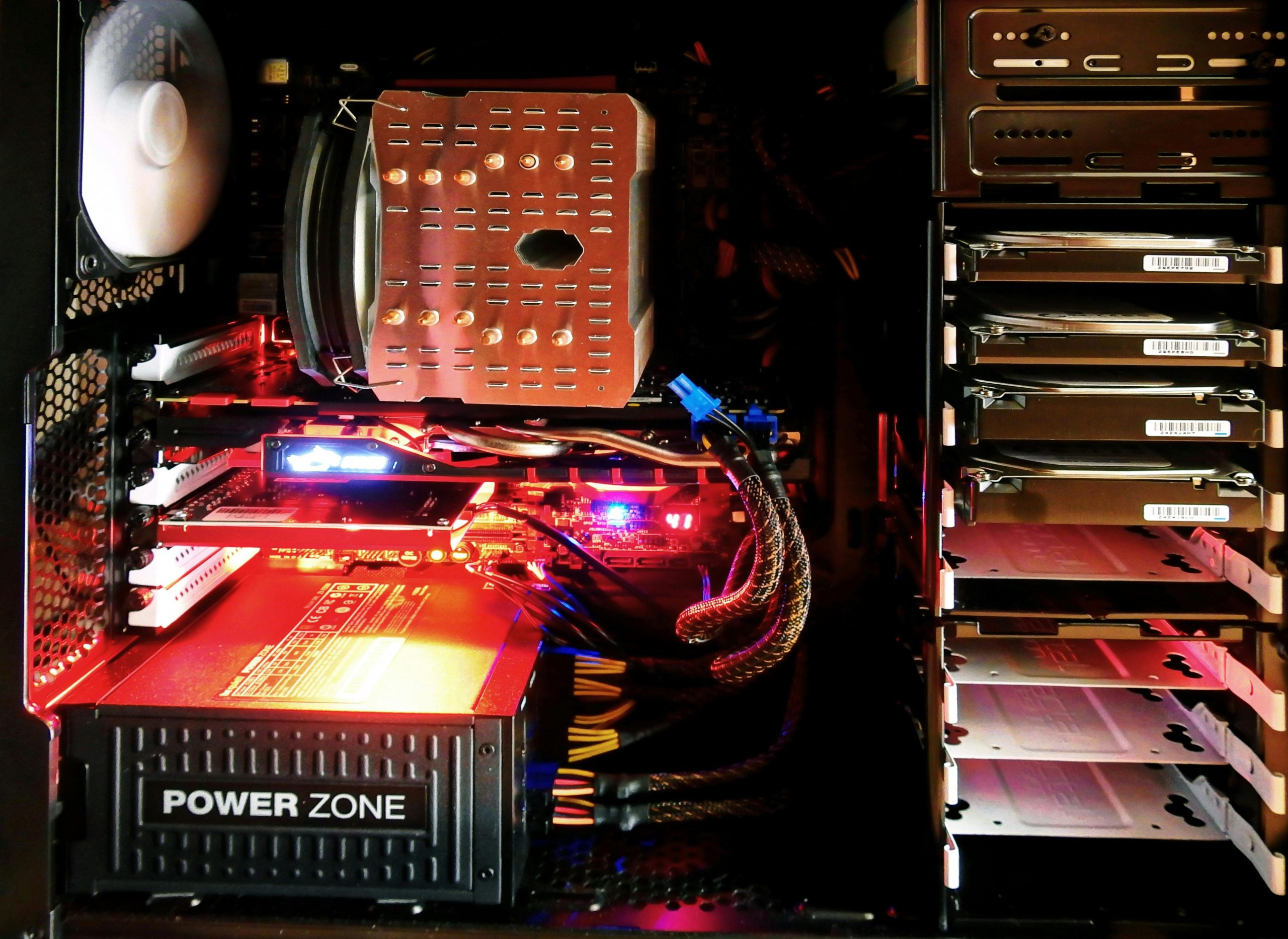Troubleshooting a Non-Detecting SSD and Boot Loop on an AMD B450 Motherboard: A Step-by-Step Guide
Introduction
Encountering startup issues with your PC can be frustrating, especially when the system stalls at the manufacturer’s logo and fails to detect your storage devices. This article aims to guide users through effective troubleshooting methods for resolve common challenges such as a motherboard not recognizing an SSD or being stuck at the startup logo, even when no operating system is installed.
Scenario Overview
Consider a situation where a user’s PC boots to the logo screen and halts without detecting the SSD or any bootable drive. The user has verified that the SSD works properly on another system and has attempted various BIOS configurations. Key hardware details include:
– Motherboard: RAMSTA B450 Pro (a non-branded, highly-rated model)
– CPU: AMD Athlon 200GE
– Storage: SSD that functions correctly elsewhere
– Operating System: Not yet installed
Troubleshooting Steps and Tips
- Confirm Hardware Compatibility and Connections
- Verify SSD Connections: Ensure SATA cables and power cables are firmly connected.
- Test on a Different Port: Switch SATA ports to rule out port-specific issues.
-
Check SSD Health: Since the SSD works on another PC, it is likely healthy.
-
BIOS Settings Optimization
- Disable Secure Boot: As recommended, disable secure boot to allow non-Windows boot media.
- Enable AHCI Mode: Set SATA Configuration to AHCI to ensure proper detection.
- Disable Fast Boot: Turn off any fast boot options to allow full hardware initialization.
-
UEFI vs. Legacy Mode: Since the user has tried both, confirm that the mode aligns with your installation media.
-
Prepare the Bootable Drive Correctly
- File System Limitations: FAT32 cannot support files larger than 4GB, and Windows install.wim often exceeds this size.
- Alternative File System: Use exFAT if supported, or create a Bootable USB in UEFI mode using NTFS with boot loaders capable of reading NTFS during boot.
- Creating UEFI Boot Media:
- Use Rufus or Ventoy to create bootable USB drives.
- Select the GPT partition scheme for UEFI.
- Use NTFS if needed, and ensure your BIOS supports UEFI boot from NTFS media.
- If you must use FAT32 and have a large install.wim, consider splitting the install.wim file or using a Windows PE installer.
4
Share this content:



